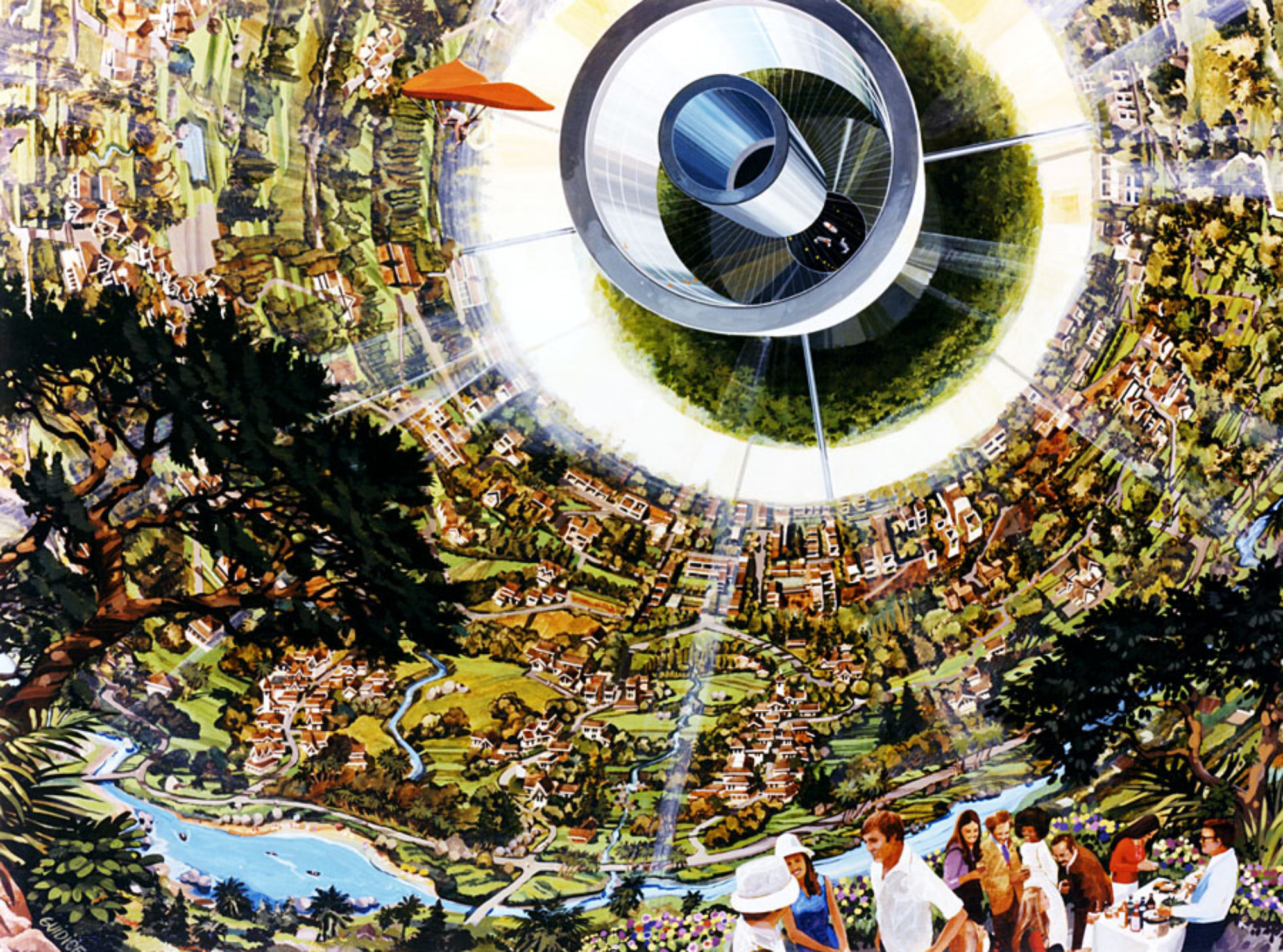
The asteroid belt will be a treasure trove of raw material for space settlers to use to build their habitats, especially the O’Neill-type rotating cylinder variety. To support plentiful green spaces and robust agricultural systems envisioned for these large scale settlements, an abundant source of fertile soil will be needed. But how could the enormous cost of bringing soil from Earth be avoided? An innovative in situ method under development by Jane Shevtsov of Trans Astronautica Corporation may provide the answer. In a just awarded NASA NIAC Phase 1 grant proposal, she explains that the envisaged soil-making process would be a “…natural fit for asteroid mining operations targeting volatiles, as they use carbonaceous asteroids and leave behind leftover regolith that should make a suitable parent material for soil production.”
The Phase 1 research will be broken down into two tasks. In Task 1 the leading fungal species will be identified for experimentation on asteroid material simulant followed by determination of soil production rates of the fungi along with the effects of environmental factors such as temperature, humidity and oxygen concentration. Task 2 will explore various methods of breaking down asteroid regolith by the chosen fungi in the space environment optimizing for productivity and costs, with the ultimate goal of determining the size of a payload to support a reference mission habitat within a feasible timeframe.
In the above diagram, there are hints that the concept may use an inflatable enclosure around the asteroid to retain volatiles, reminiscent of some of the applications of the SHEPHERD asteroid capture architecture previously covered by SSP, in which a gas atmosphere within the enclosure can keep water in a liquid phase so that the asteroid provides a substrate for introduced biological agents for the generation of foodstuffs and other consumables.
Trans Astronautica has been working on their own asteroid capture method which may come in handy when used in combination with the output of Ms. Shevtsov’s project.
